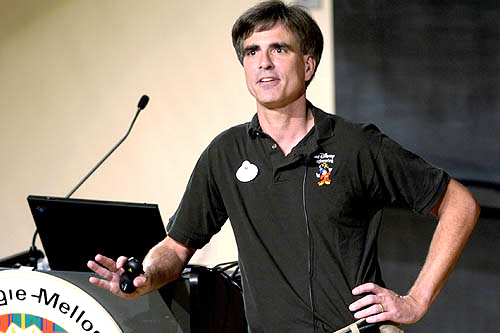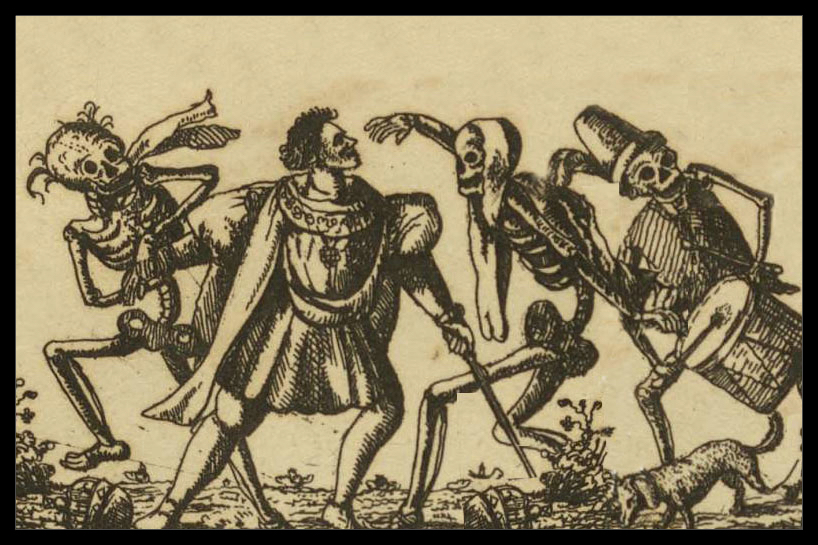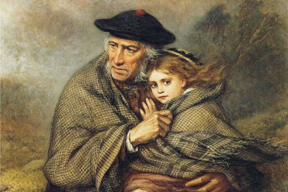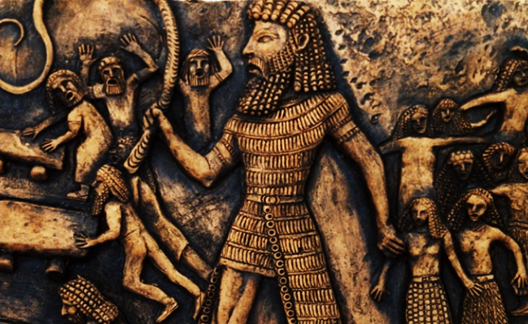Then and Now
The tail of The Flying Dutchman is so engrained in the mindset of the Western world that simply saying the name of that sailing ship captures our imaginations and conjures up a litany of seafaring thoughts.

The glowing The Flying Dutchman
The genesis of The Flying Dutchman started when Captain Hendrik Van der Decken sailed from Amsterdam, Holland, in the last decade of the 18th century. He wanted to sail to Jakarta, Indonesia, so he had to sail east after maneuvering through the treacherous waters of the Cape of Good Hope. Originally, the tip of the African continent was called the Cape of Storms. This is a photo that I took of the Cape without stormy weather messing up the photo.

Nevertheless, Van der Decken sailed around the Cape in extremely gale-like weather conditions. That determined Dutch captain swore he would round the Cape even if it took until doomsday. When the heavens and the seas heard Van der Decken, they responded to tumultuous raging waters and hurricane winds. According to legend, he is still attempting to complete his journey.
Many have claimed to see The Flying Dutchman, especially when the weather was terrible. These ghostly apparitions of The Flying Dutchman often appeared when other sailors faced stormy weather. It was often seen as a warning not to replicate Van der Decken’s attempt.
Some doubt the tale of The Flying Dutchman and write it off as an optical illusion during storms fueled by the fear of this maritime phantom.
Over the centuries, writers like Samuel Taylor Coleridge have adapted The Flying Dutchman to their work. Coleridge wrote The Rime of the Ancient Mariner, which also features a ghost ship at the end of the 18th century.
In the early 19th century, Edward Fitzball wrote a short play, The Flying Dutchman, or the Phantom Ship: a Nautical Drama. Richard Wagner wrote the opera The Flying Dutchman in 1843. In 1951, there was a film, Pandora and the Flying Dutchman; this time, James Mason was the Flying Dutchman. In the first part of the 21st century, there has been a series of films, Pirates of the Caribbean, with a ship named The Flying Dutchman. The Pirates of the Caribbean: Dead Man\'s Chest, Pirates of the Caribbean: At World\'s End, and Pirates of the Caribbean: Dead Men Tell No Tales.
Even in baseball, there was a Flying Dutchman. His name was Johannes Peter Honus Wagner, who played for the Pittsburgh Pirates. He was one of the greatest players in the history of the game. Everyone called him Honus Wagner or the Flying Dutchman. He was fast, a great hitter, and a fielder. Wagner was born to German immigrants. They lived in Carnegie, PA, next to Mt. Lebanon, where I grew up.
The Flying Dutchman has morphed from a ship to people in the past two and a half centuries. It has also changed its character from doom and gloom to hope and promise. Reflecting on my journey down my yellow brick road, I see myself as the Flying Dutchman. I am motivated by hope and promise. As a reminder of that nomenclature, I have the face of the Flying Dutchman on a tree in front of my home. It is an ever-present reminder to stay focused amid my personal gales and storms.

I am highly motivated to address a handful of meaningful concerns of mine. The paramount issue is my granddaughter, who lives in Myanmar. Ti Ti has been mistreated at the US Embassy in Yangon. She wants to come to America for her college education. She has gone to three interviews in the past two years. The first interview was done by a female at the embassy. However, another employee was at the interview and told the interviewer not to approve Ti Ti’s request for a student visa. The interviewer told Ti Ti that she could try again. Ti Ti was attending online classes at Gusto University and took an online class from me that I was teaching in the States. The following semester, she returned to the embassy, but this time, the interviewer wasn’t the woman, but the man who told the first interviewer not to grant Ti Ti a student visa. Again, he rejected her but said to try again. Several months later, Ti Ti returned and was interviewed by the same man. Again, he rejected Ti Ti.
Had the embassy staff functioned correctly at the first interview, Ti Ti would be halfway through college in the States had they been honest. This is where you come in. If you know someone who works for a paper or TV station that would be interested in investigative journalism, send them this essay’s link. I’d love to talk to them. Or if you know someone in the State Department in Washington, I will furnish them with all the material I have regarding the US Embassy in Myanmar three interviews.
I’m 81. I know that my clock is ticking. I don’t want to be on my deathbed and wish that I had tried all of the options that were open to me. Put yourself in my shoes and imagine my drive, which runs into roadblocks. I would appreciate any help that you can provide me.
Here are some links to my website at Ti Ti, along with a recent article. I am proud of Ti Ti’s intelligence, drive, kindness, and achievements.

College Days |

Ti Ti |
 |
Field of Dreams A Haunting Return | 04/24/24 |




















